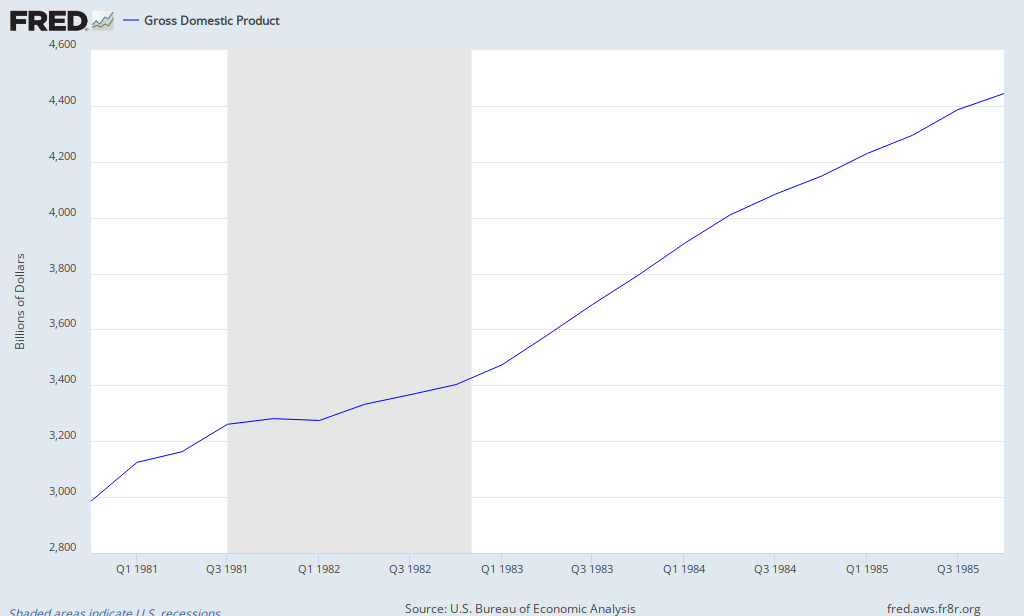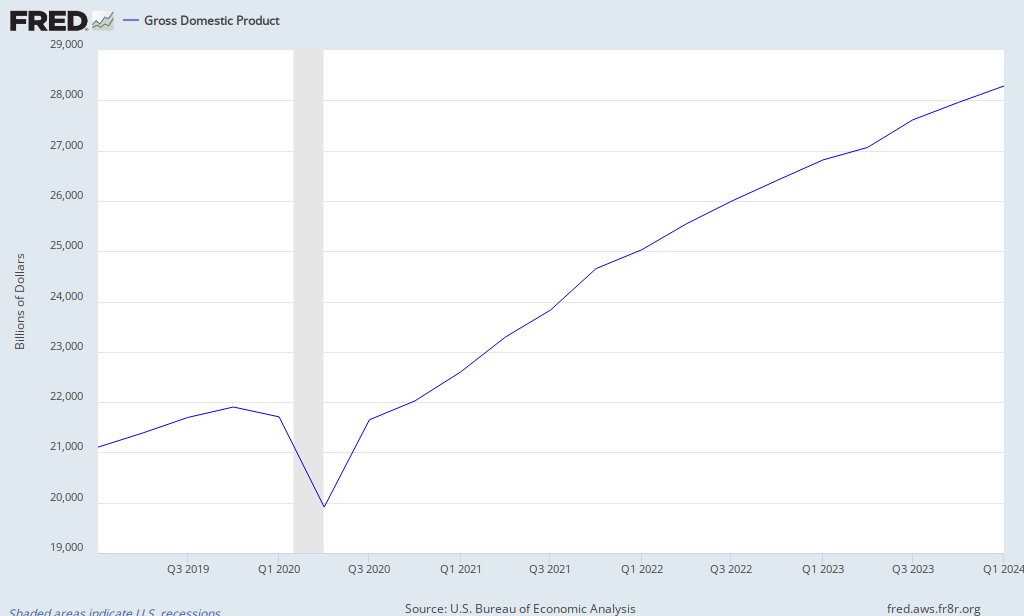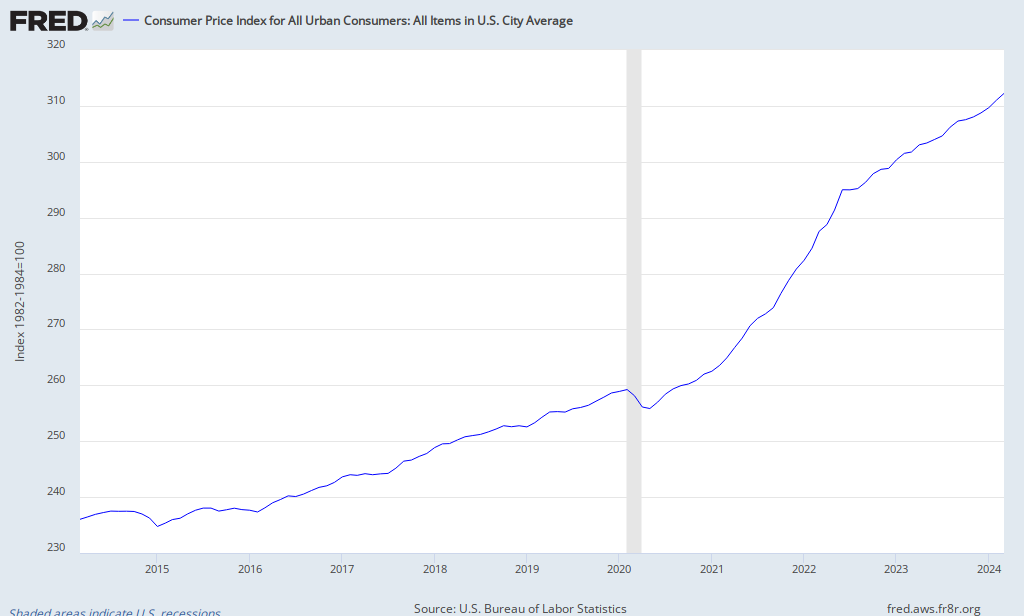Fed Funds futures fell very slightly in response to today's speech and Q&A with Bernanke. Take a look at the response in other markets.
S&P 500
Before : 1347
After : 1357
Treasuries
2 year
Before : 0.66
After : 0.64
10 Year
Before : 3.35
After : 3.35
30 Year
Before : 4.42
After : 4.45
Inflation Expectations (based on 2 year inflation swaps)
Before : 2.66
After : 2.65
Bloomberg Commodity Index
Before : 1764.38
After : 1766.98
There's nothing shocking here because there was nothing shocking about the Bernanke's speech. Still, all of these moves are entirely consistent with the view that 1) The Fed can increase AD -- and that 2) Higher AD won't push prices significantly higher, even in the short run.
It's also worth noting that 30 Year Treasury yields rose 6.9 basis points today, while 30 Year TIPS rose 5.6 basis points. 10 Year Treasury yields rose 4.8 basis points and 10 year TIPS rose 4.5 basis points. That strongly implies that higher interest rates (as well as higher equity and commodity prices) are not a result of higher expected inflation, but of higher expected real growth.



